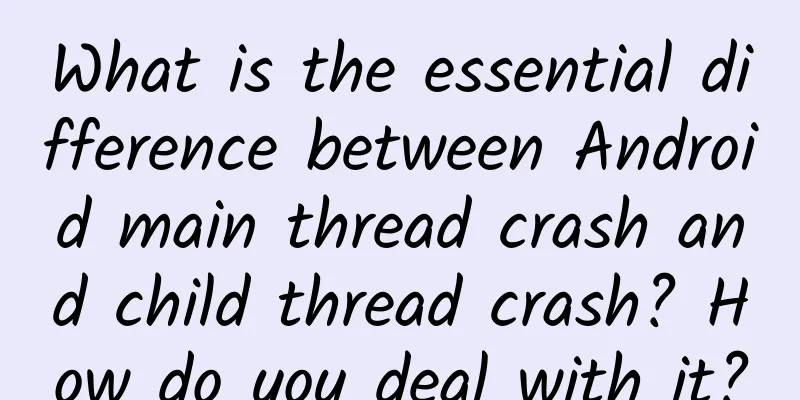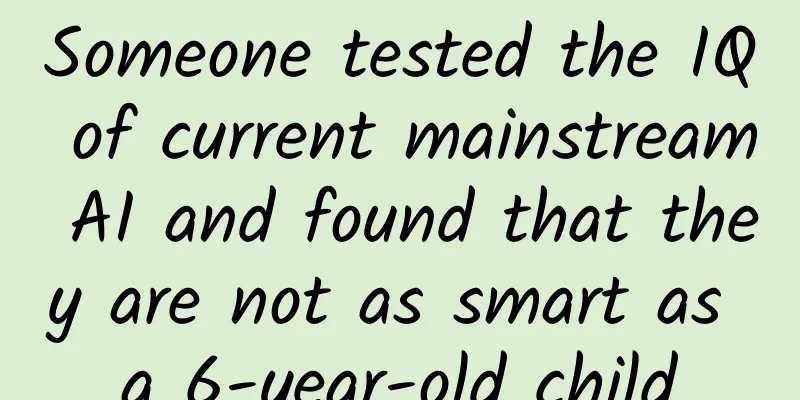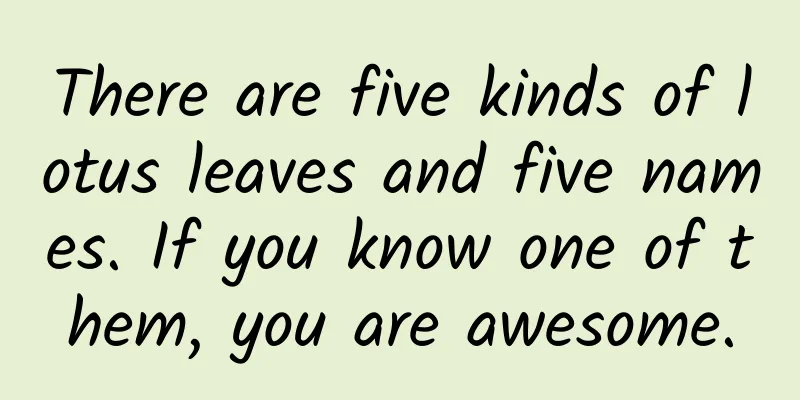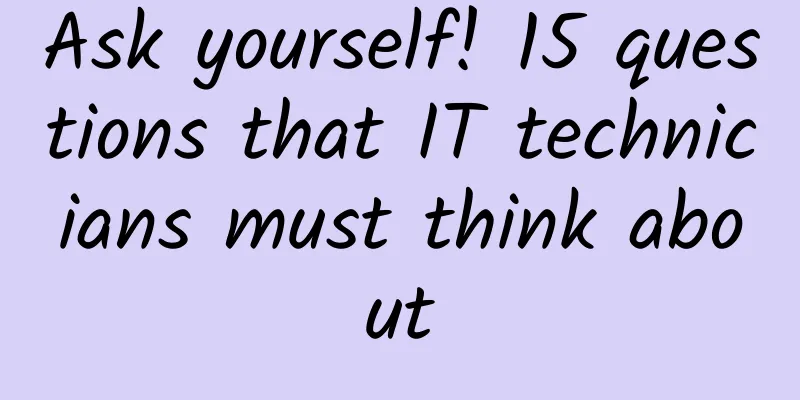What is the essential difference between Android main thread crash and child thread crash? How do you deal with it?

|
Question and Answer Session Q: What is the essential difference between an Android main thread crash and a child thread crash? A: The child thread crash is just like a normal Java thread. By using setDefaultUncaughtExceptionHandler, you can capture the exception of the corresponding child thread in ThreadGroup for subsequent processing (starting an independent process to remind the user and report to the platform, etc., or ignoring specific exceptions as if they did not happen through policy issuance). There is a slight difference between the main thread crash and the child thread crash in Android. Although both can be captured by setDefaultUncaughtExceptionHandler, there is actually a little trick behind this. After the Android main thread is started, it maintains a pipeline-blocking producer-consumer dead loop through MainHandler's Looper.loop(), and all main thread codes are dispatched through this loop and executed in MainLooper. Therefore, when the main thread crashes, this loop will be jumped out, causing Looper to be unable to continue executing other Messages in it. Therefore, when the main thread crashes, there will be several different manifestations. One of the scenarios is that a crash in Activity's onCreate will cause a black screen in the interface (note that this crash is not anr, because an exception is thrown in onCreate, which prevents subsequent code from being executed, that is, the Activity lifecycle framework code cannot continue, and subsequent Messages cannot be dispatched normally, so the interface is black before it comes out), while a crash in the View click event response may not result in a black screen (it may, depending on what operation is done), but subsequent Messages cannot be dispatched normally. Extension session <br /> Q: What are your thoughts on the above description? Answer: There is nothing to say about the child thread crash. Since the main thread crash will cause the Looper to exit, we can start a Looper.loop() with our own try-catch in the main thread to execute the main thread task. This is equivalent to replacing the Looper.loop() in the ActivityThread main with a loop() with try-catch. In this way, the loop will not exit after the main thread crashes, and the code can continue to execute. It's just that the scenario of the crash may be invalid. For example, the user clicks the button to set the copy and it crashes, and there may be no response after clicking it; at the same time, if there is a crash in the onCreate and other methods of the Activity started by clicking the button, it will cause a black screen, so this kind of crash needs to be treated differently (for example, reporting the exception and popping up a reminder box and directly killing the process, etc.). The following is a simple implementation of the core code (the Activity life cycle is handled roughly and is only for demo):
This article is reprinted from the WeChat public account "Coder Daily Question", which can be followed through the following QR code. To reprint this article, please contact the Coder Daily Question public account. |
<<: QQ 8.5 for iPhone officially released: Split-screen file viewing and new moods
>>: WeChat, which has been criticized for so long, finally came up with a feature worth praising
Recommend
Implementing image recognition in Web development based on Google Vision API and Ionic
1. Introduction Image recognition allows computer...
Fish may contain veterinary drugs? How to buy fish safely?
Produced by: Science Popularization China Author:...
A new breakthrough in supersonic flight! Will “Somersault Cloud” open a new era of aviation?
Author: Li Chuanfu Shi Xiangqi On December 17, 20...
The most comprehensive guide to Weibo Fanstong advertising
Weibo's "Fanstong" is a marketing p...
The HPV vaccine is effective only after one shot, so are all three shots in vain?
It is hard to get a shot, and the topic is consta...
Winter Solstice copywriting collection, we are not cold this winter!
winter solstice The beginning of the coldest days...
The ghost of a wronged woman turned into a bird? The name may sound bitter, but I am super cute!
In the early morning or evening of early summer, ...
One-stop service for restoring and coloring old photos: "travel through time and space" without PS
Some people like to make digital photos look old ...
These 4 types of foods don’t taste salty, but they have such high sodium content? !
If your blood pressure is high, eat less salt - t...
Android Studio generates signature files, automatically signs, and obtains SHA1 and MD5 values
Preface: Android Studio is an IDE environment too...
Robots and artificial intelligence combine to realize the robots of your imagination
The robots that people imagine are the kind that ...
How to improve homepage conversion rate? This is what Meituan, JD.com, and Ctrip do
While I was working on this article, heavy snow w...
Autonomous driving received $5 billion in investment last quarter, exceeding the total of the past four years
According to BloombergNEF data, private market in...
Ma Niu-Mobile Internet Advanced Development Formal Course: Android Second Period
Course Outline ├──1. Advanced audio and video top...









